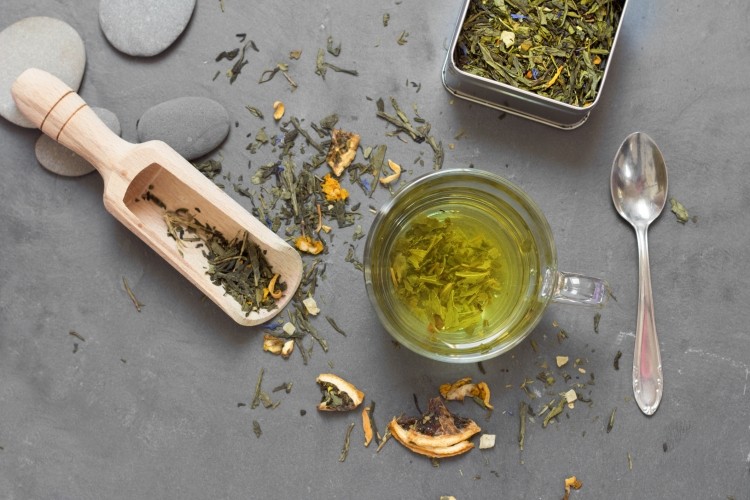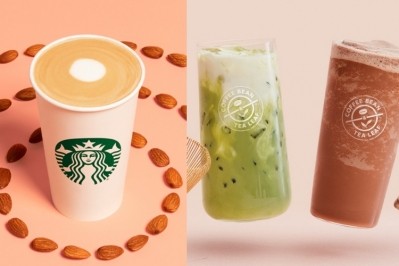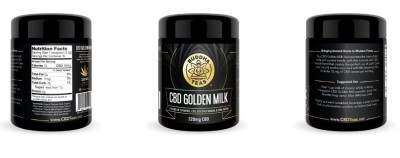Green tea vs black tea: Old hands question science when it comes to deciding which tea has the most health benefits

That is hardly a surprise when you consider the vast number of tea lovers between Turkey, the world’s biggest per capita tea consumer, and China, which accounted for over 60% of global tea revenues last year.
In the last year or so, we have learnt from scientists in Beijing have linked tea drinking with creativity. And Queensland researchers have shown that women who drink two cups a day are more physically active.
Three brews a week
The most recent study to give cheer to lovers of the world’s second most consumed drink after water was published by researchers in China last month.
They found that drinking at least three brews a week can help people live a longer, healthier life, after they linked tea drinking to a lower risk of heart disease and stroke.
Over seven years, regular tea drinkers had a 20% lower risk of heart disease incident and stroke, 22% lower risk of fatal heart disease and stroke, and 15% reduced risk of death by all causes.
The researchers estimated that a 50-year-old habitual tea drinker would develop coronary heart disease and stroke 1.41 years later and live 1.26 years longer than those who never or seldom drank tea.
When they looked at the type of tea the researchers found that drinking green tea was linked with lower risks, but there was no link to reduced risk for drinkers of black tea.
Drinking green tea was associated with approximately 25% lower risk for incident heart disease and stroke, fatal heart disease and stroke, and all-cause death. However, no significant associations were observed for black tea.
“The favourable health effects are the most robust for green tea and for long-term habitual tea drinkers,” said Dr Wang Xinyan, of the Chinese Academy of Medical Sciences, who was lead author.
However, the researchers noted that a preference for green tea is unique to eastern Asia, which might have skewed the results.
“In our study population, 49% of habitual tea drinkers consumed green tea most frequently, while only 8% preferred black tea.
“The small proportion of habitual black tea drinkers might make it more difficult to observe robust associations, but our findings hint at a differential effect between tea types,” added Dr Wang.
Polyphenols
Two factors may be at play here, causing the two types of tea’s health benefits to appear to diverge.
First, green tea is a rich source of polyphenols which protect against cardiovascular disease and its risk factors, including high blood pressure and lipid metabolism disorder. Black tea is fully fermented, however, and during this process polyphenols are oxidised into pigments and may lose their antioxidant effects.
Second, black tea is often served with milk, which other research has shown may counteract the favourable health effects of tea on vascular function.
This may well be a case of science catching up with what people who have been growing tea for most of their lives already know. What studies like this do is confirm the theory and attempt to explain why it happens.
A tea planter for most of his life in Africa, Australia and Asia, Ian Twyford says he has seen evidence of tea’s health benefits, albeit anecdotally. But he disputes the scientists’ findings that green tea is better for health than black tea.
“Often you will see scientists showing all these benefits of green tea, I’ve always questioned that because tea is Camellia sinensis, it is all the same thing,” he said.
“It’s just the processing. Black tea is fermented green tea, but all tea is essentially green tea.”
Twyford, who now runs plantations in Malaysia growing lemon myrtle, an increasingly popular ingredient in flavoured teas, recalls seeing himself the health benefits of tea while in Africa.
“When I was working as a tea agronomist in Kenya, I noticed on the estates that people lived longer than in the villages. You could see it,” he said.
“The only difference in diet was that on the tea estates, a worker is given two cups of tea to drink each day. They had the same diet as the people in the surrounding villages, except for the tea. Everything else was the same.”
When he moved to Malawi, he saw the same thing.
“The tea estate workers who were getting their tea twice a day were definitely healthier and they seemed to live longer. If you read histories about tea estates in other countries, in India, their workers tend to live longer than in surrounding villages,” Twyford added.
Lemon myrtle & tea: a super brew?
Twyford’s company, Qzen plantations, is the world’s first commercial organic-certified lemon myrtle producer outside the plant’s native Australia, where he previously farmed.
Since the indigenous plant was revived ahead of the Sydney Olympics in 2000, having been long forgotten until Qantas airline included it in an Australia-themed inflight menu, it has been growing in popularity for its extremely lemony taste—it packs a 50% bigger punch than lemongrass and contains five times more citral than citrus fruits.
It also has high nutritional content. For example, it’s now known to be one of the world’s leading organic reserves of calcium. It also is one of the only plants known to man that contains high lutein, which is good for eye health.
“It has a few more antioxidants than black tea. If you mix myrtle with tea to make a herbal tea, its really good for you,” said Twyford.
Though he doubts one type of tea is noticeably healthier than another, the thinks combining tea with lemon myrtle will produce a super-brew, as is done in Australia, but is only catching on in other markets. The plant is usually packaged straight there, as an infusion.
“When lemon myrtle is mixed with green tea, you get a double-whammy nutritional hit. Both have health benefits, but more so when you blend them together,” he said.
The only problem is a shortage of supply. Other than Twyford’s Malaysian plantations, lemon myrtle is only grown in Australia and planters cannot keep up with the demand.
“Tea is the main use for it, but there are lots of people who want it for other products in the F&B industry. We just don’t have the quantities, that’s why we are all planting.”








